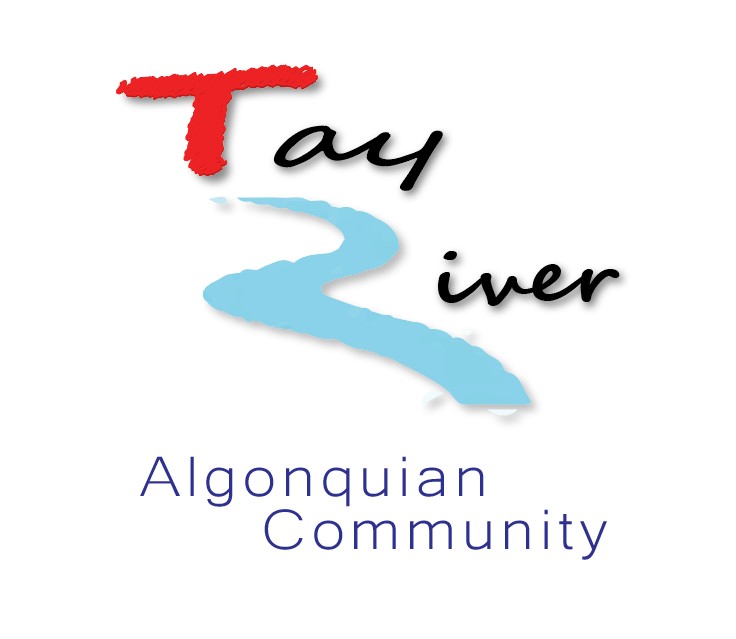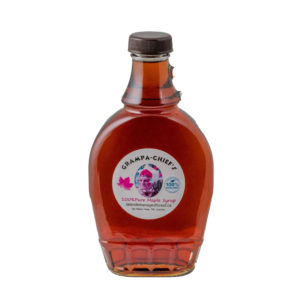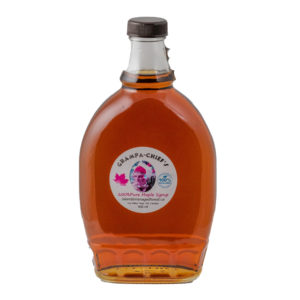Introduction.
We purchased our property in 1971 and entered into a Managed Forest Agreement with the Ministry of Natural Resources on December 6th, 1972. We planted 30,000 trees in 1973, and our focus was on managing tree production and wildlife management within Ducks Unlimited Canada.
In the spring of 2006, we entered into an agreement with the Forest Stewardship Council agreement within Eastern Ontario Model Forest, which certifies that we manage our forest sustainably. As part of that process, we met with a professional forester, Tom Richardson, to inspect the whole property and devise a sustainable forest management program. While walking the property, Tom asked why we were not tapping all the maple trees behind the hunting camp. We did not think that there were enough decent maple trees here to do that, and Tom then introduced us to many of them. Hours later, Tom convinced us to build a sugar shack and start a sugar business operation after building our facility and procuring our equipment. Sugar shacking is now part of our agreement with the Ministry of Natural Resource, in our Eastern Ontario Model Forest agreement and our Forest Stewardship Council International Certification Program Agreement.
Where does our maple syrup go?
Click here for the Grampa Chief World Map to see where the bottles of liquid gold have travelled in the past. And if your country isn’t showing, add yourself to the map by telling us!
See photos of Grampa Chief’s Syrup Around the World. Please send us pictures of syrup you brought or sent abroad. Remember, maple syrup, particularly ours, is always appreciated as a gift!
Certification.

The forests owned and managed by Lalande Managed Forest has achieved Forest Stewardship Council® (FSC®) certification (FSC® C018800) through the Eastern Ontario Model Forest’s Forest Certification Program. All maple products produced by Lalande Managed Forest were FSC® certified for the 2015 production run. The FSC® is an international, membership-based, non-profit organization that supports environmentally appropriate, socially beneficial, and economically viable management of the world’s forests.
About Grampa Chief’s Maple Syrup.
In 2007, we hired a local contractor to build the sugar shack. All the lumber used to frame the walls and room came from our neighbour, LR McVeigh Lumber using Lanark County sourced wood. Our Waterloo evaporator is made by Équipements Lapierre, which we purchased from a local maple syrup equipment supplier and producer, Springdale Farm Maple Products, who installed it and made it ready for production.
Lalande Managed Forest began producing Grampa Chief’s Maple Syrup in the winter of 2008. We tapped 100 trees, which produced our first 55 litres of excellent Grandpa Chiefs maple syrup. While we were relatively new to the process, volunteers with decades of experience continue to show us the craft. Traditional knowledge in maple syrup making continues to guide us in producing the finest small-batch artisan maple syrup in Lanark County. Our Maple Syrup Masters continue to work with our volunteers to show us how to make maple syrup in the great Canadian tradition.
Our production has improved over the years as we learn from experience. Our production also grew, and we are now tapping some 400 trees and producing an average of 230 litres a year. Our labour force is entirely volunteer-based and we are incredibly fortunate to have our 60 men, women and children on our sugar shack help list who come back year after year to help out. With the help of the Ontario Maple Syrup Producers Association and our grant, we plan to open a new website, an online sales program in 2021.
While recent production is just over a decade, archaeological evidence of mid- to late 1800 maple syrup production exists on the property. In 2010, a group of volunteer archaeologists unearthed an early-day evaporator and sap sled, likely dating back to the property’s first settlers. The intrepid archeologists relocated it to the current sugar shack operation for display. The old evaporator, anywhere from 100 to 150 years old, has a striking resemblance in form to our modern Lapierre evaporator, but in metallurgy and design not common today.
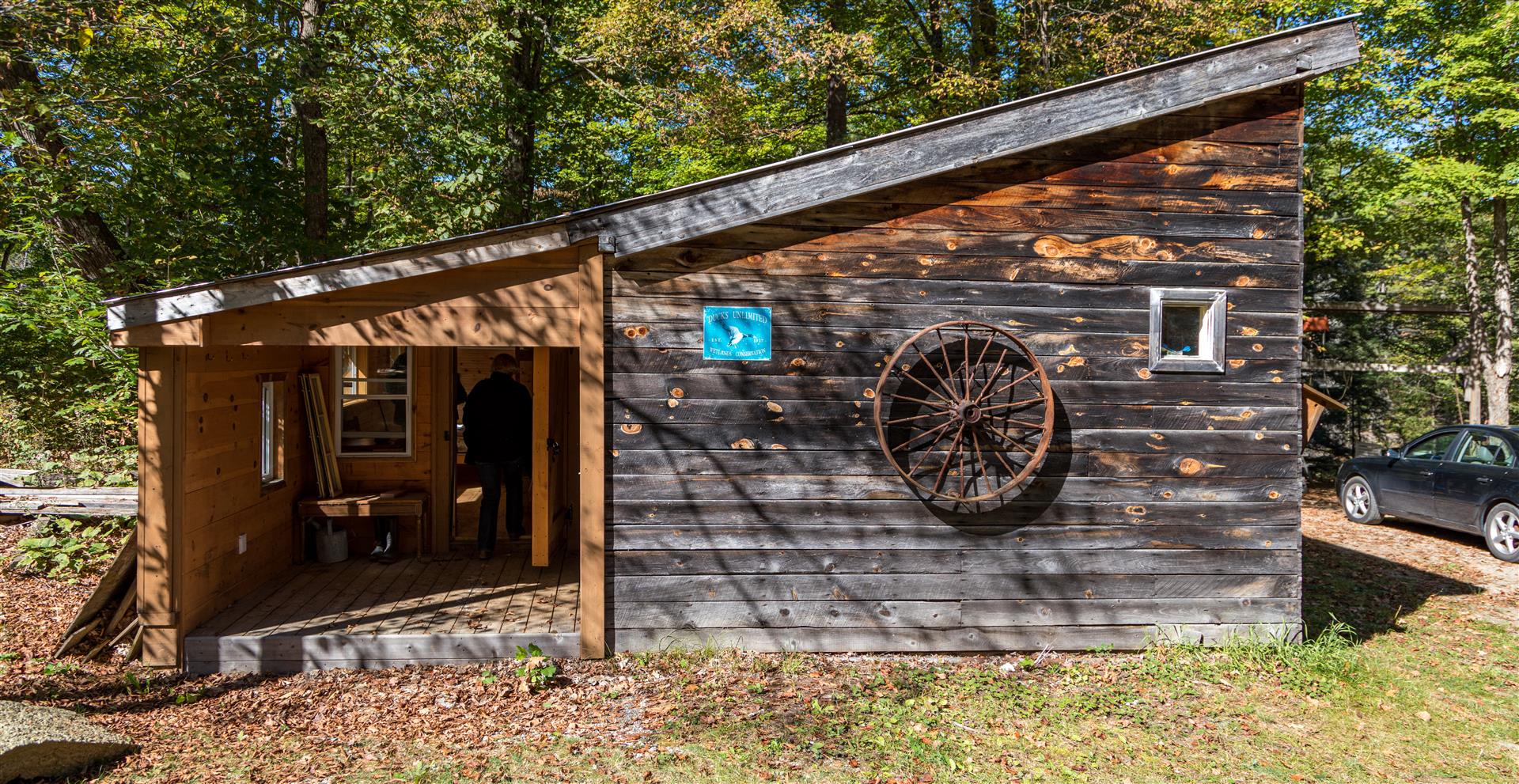
Producing high-quality maple syrup is a labour of love. Our Maple Syrup Masters would agree, as any winemaker would, that our syrup is delicious because of our unique terroir, science, art, and craft. Lalande Managed Forest is a proud member of the Ontario Maple Syrup Producers Association and is a Model Forest. While we are not yet certified organic, we fit all the criteria.
Online sales.
Our product season is between April and May, and have limited availability.
Please contact us below to pick up at our cultural centre or be shipped to you.
Volunteer Information.
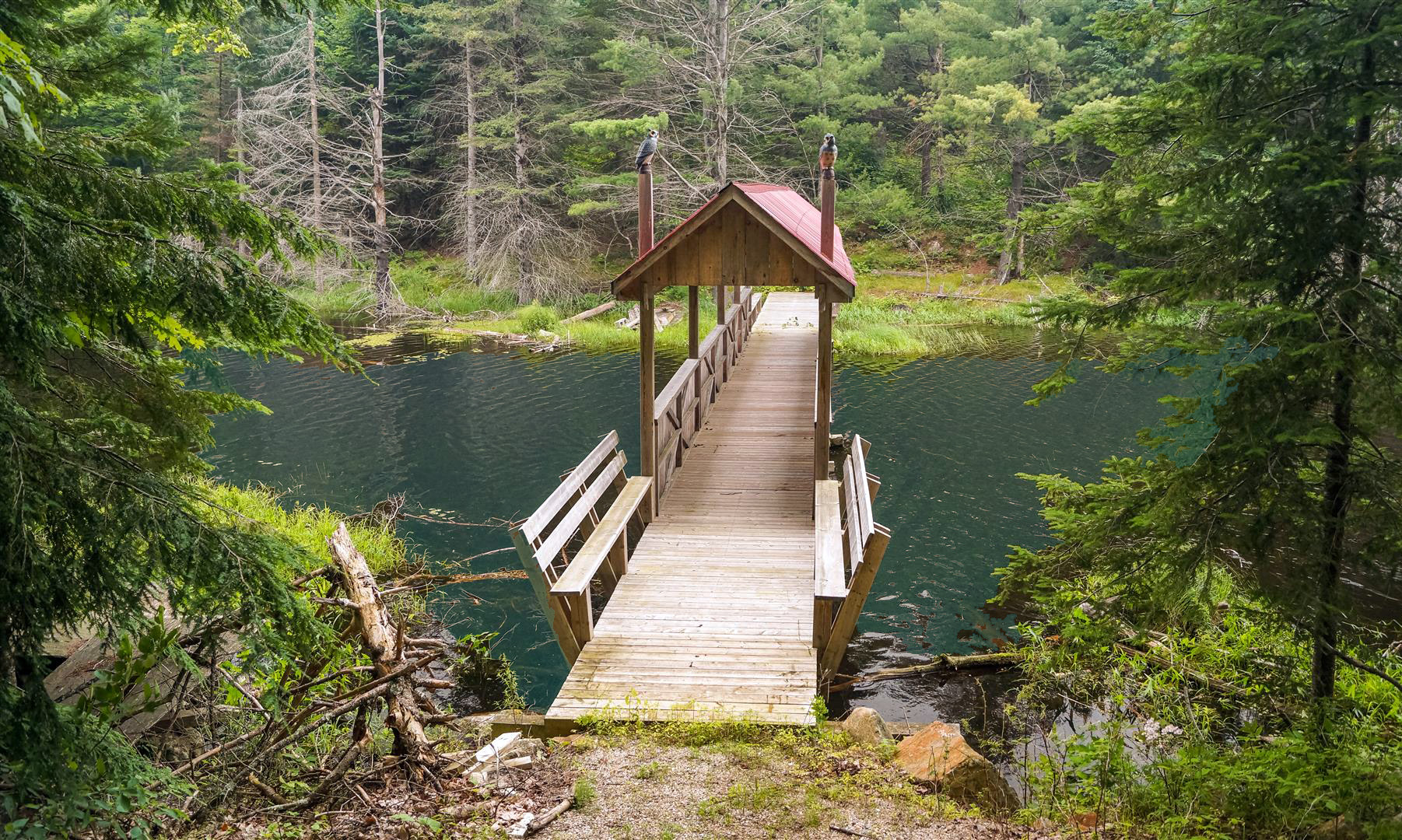 Volunteers are generally requested to come to our Cultural Center parking lot to park their vehicle and meet our pickup crew to drive them and their gear over our farm road to the sugar shack. Our volunteers may choose from several activities, including:
Volunteers are generally requested to come to our Cultural Center parking lot to park their vehicle and meet our pickup crew to drive them and their gear over our farm road to the sugar shack. Our volunteers may choose from several activities, including:
- pick up sap from the bucket pails
- Tapping new trees and installing new buckets
- Keeping the outside fire burning
- Stirring and watering the cast iron cook pot on the open fire
- Cutting wood and using a wood splitter
- Keeping the evaporator and counter clean
- Pouring, filtering, finishing and bottling the finished maple syrup
- Labelling and storing the maple syrup bottles
- Listening to sugar shack stories
- Picking, cleaning and storing the pails at the end of the season
- Enjoying a wilderness walk or ATV tour on the farm property
- Making and eating fresh taffy on the snow
- Asking all the questions you have about maple syrup, wilderness management, forest management, indigenous history, legends, culture, and traditions
What to bring when you come
Please bring the following when you visit
- Your lunch, drinks, and snacks – bring home all you took in
- Good pair of rubber boots and extra socks
- Warm clothes coat, hat, gloves etc
- Telephone, camera
- Packsack, personal stuff
What we have available at the sugar shack area
- Sugar shack building and wood storage buildings
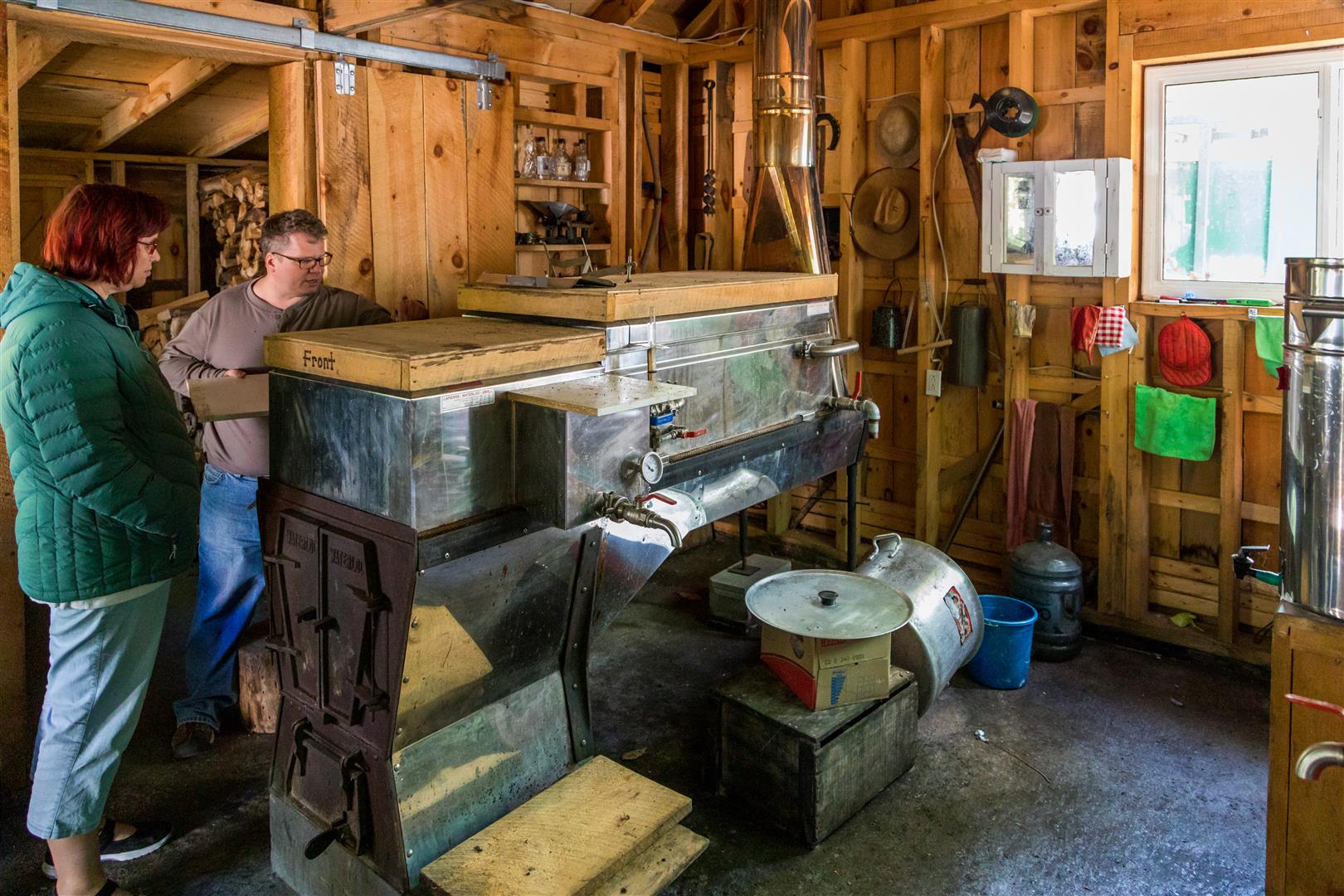
- Generator shed
- Toolshed
- Equipment building
- Log cabin with kitchen and covered outside barbecue area
- Sleep lodge with flush toilet, shower and ten beds
- Bunkhouse with three beds, complete with storage room
- Outhouse
- Open fire pit, cook area with patio table and chairs
- Totem pole
- Covered bridge
Important Notes.
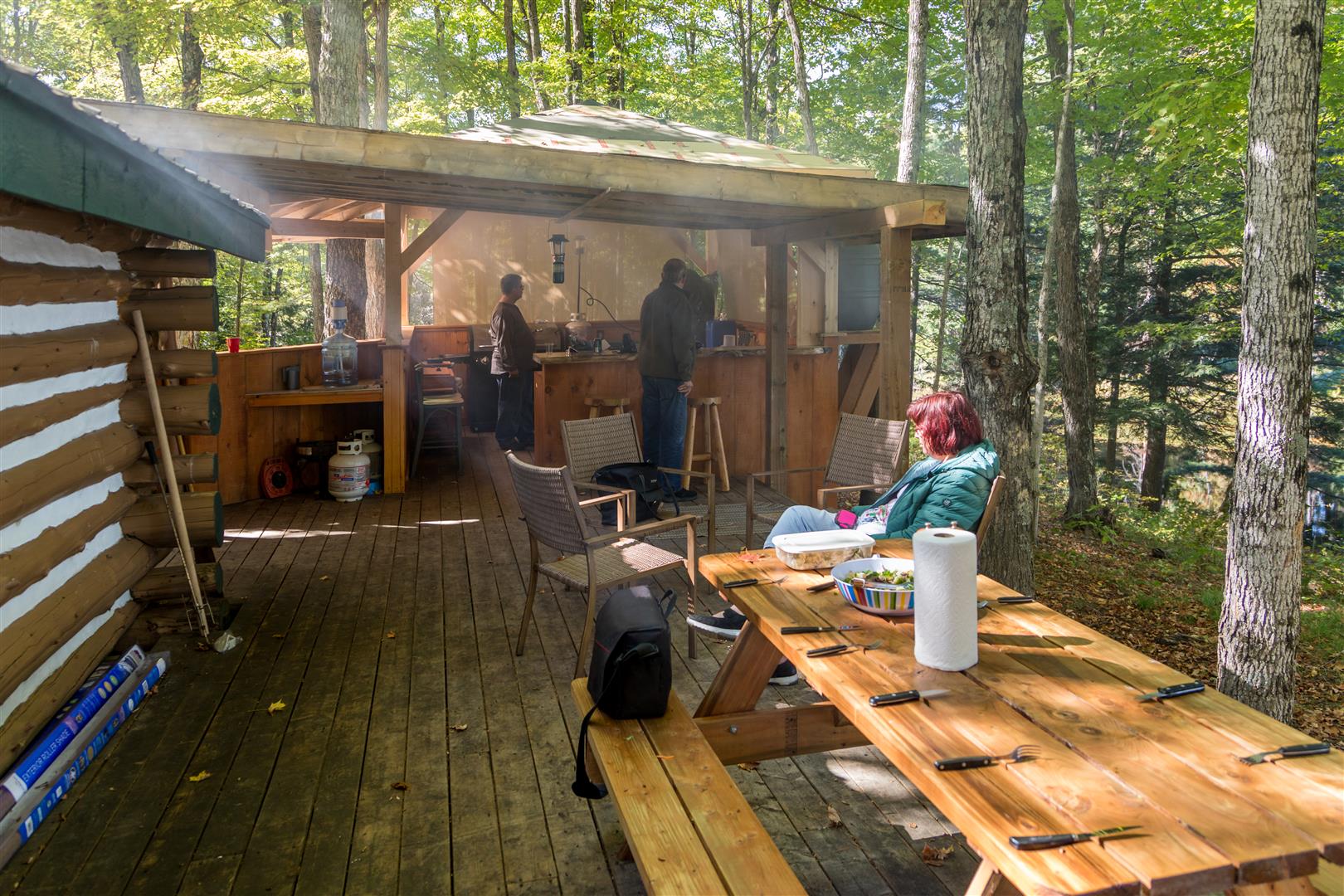 Admission is free, by invitation and appointment only. Please let us know if you wish to come and book visit by filling out the contact form below.
Admission is free, by invitation and appointment only. Please let us know if you wish to come and book visit by filling out the contact form below.- We will meet you at the Cultural Center and guide you to our sugar shack outpost deep in the forest.
- Health and safety are of great concern to us, and we have made serious efforts to ensure all visitors stay safe.
- We only open the sugar shack from March 1st to April 30th every year
